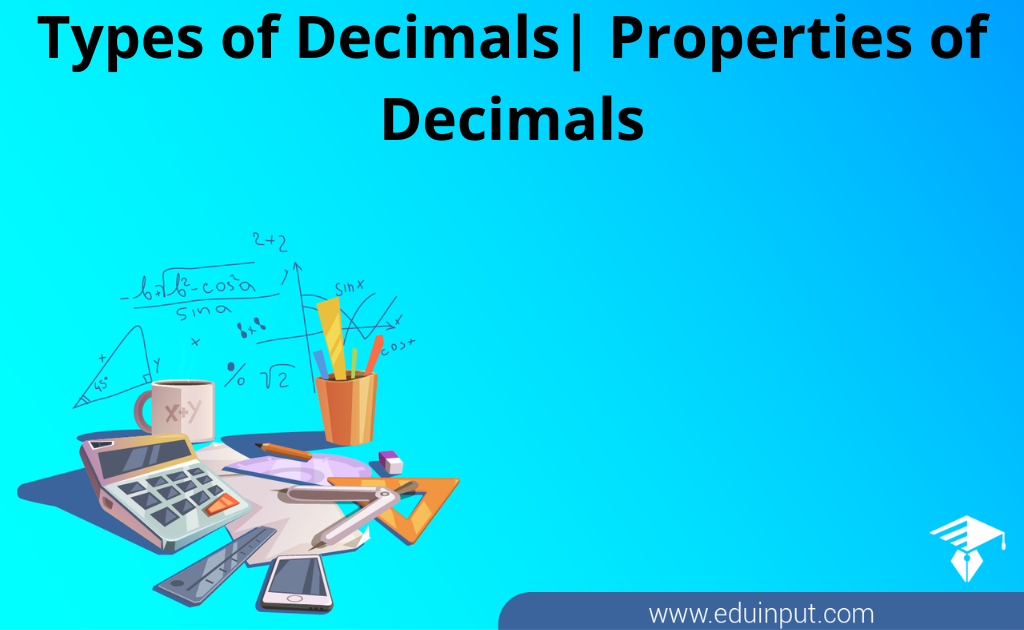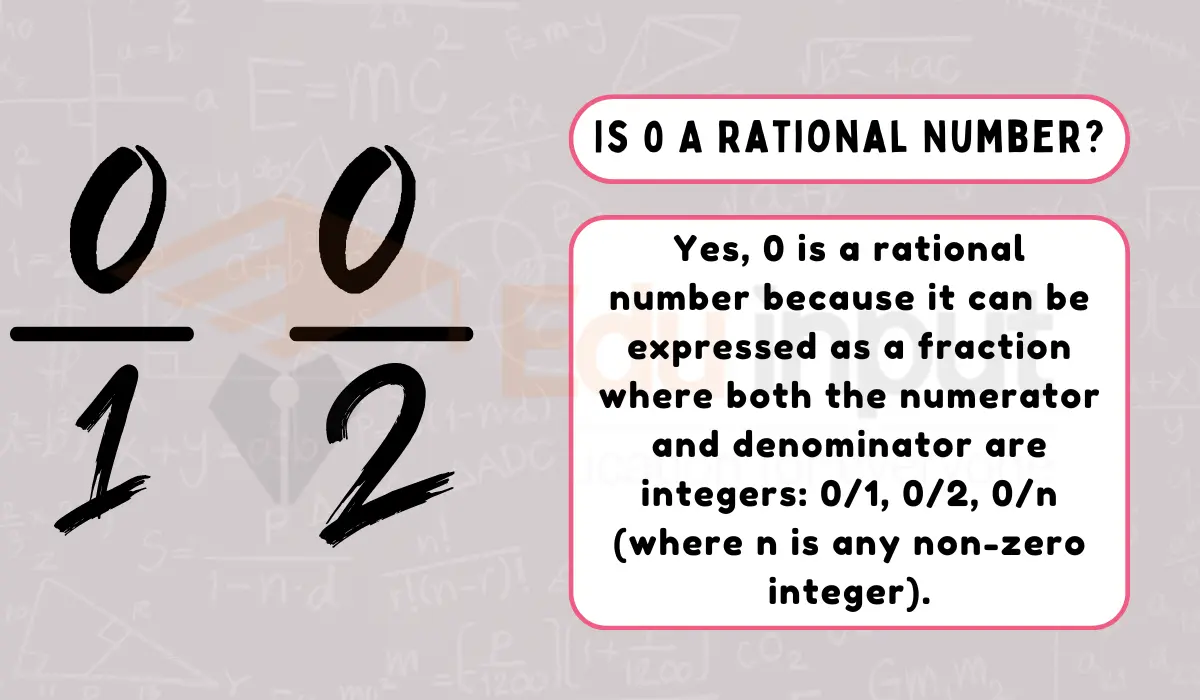Properties of Real Numbers
We are already familiar with the set of real numbers and baisc properties of real numbers. we know to state them in a unified and systematic manner. Before starting them we give a preliminary definition.
Binary operation :
A binary operation may be defined as a function from A x A into A, but for the present discussion, the following definition would serve the purpose.
A binary operation in a set A is a rule usually denoted by * that assigns to any pair of elements of A, taken in a definite order, another element of A.
Two important binary operations are addition and multiplication in the set of real numbers. Similarly, union and intersection are binary operations on sets that are subsets of the same universal set.
R usually denotes the set of real numbers. We assume that two binary operations addition (+) and multiplication (.or x) is defined in R. Following are the properties or laws for real numbers.
Addition Laws:-
Closure law of Addition
∀ a, b ∈R, a+b∈R,
Associative law of addition
∀ a, b, c ∈R, a+(b + c)=(a + b)+c
Additive identity
∀a ∈ R, ∃ 0 ∈ R such that a+0=0+a=a
(∃ stand for “there exists”).
0(read as zero) is called identity element of addition.
Additive inverse
∀a ∈ R, ∃ (-a) ∈ R such that
a + (-a) = 0 = (-a) + a
Commutative law for addition
∀ a, b ∈R , a + b=b + a
Multiplication laws
Closure law of multiplication
∀ a, b ∈ R ,a . b ∈ R
(a.b is usually written as ab)
Associative law of multiplication
∀a,b,c∈R , a(bc)=(ab)c
Multiplicative identity
∀a ∈ R,∃ 1∈R
Such that a.1=1.a=a
1 is called the multiplicative identity of real numbers.
Multiplicative inverse
∀a(≠0)∈R, ∃ a-1 ∈ R such that a.a-1=a-1.a =1
(a-1 is also written as1\a)
Commutative law of multiplication
∀ a,b ∈R, ab=ba
Multiplication –Addition law
∀ a, b, c ∈R
a(b + c) =ab + ac
(a+b)c=ac+bc
(Distributivity of multiplication over addition)
The above properties characterize R i.e. only R all these properties. Before standing the order axioms we state the properties of equality of numbers.
Properties of Equality
Equality of numbers denoted by “=” possesses the following properties:-
Reflexive property
∀a∈R, a=a
Symmetric property
∀a,b∈R a=b , b=a
Transitive property
∀a,b,c∈R a=b ^ b=c , a=c
Additive property
∀a,b,c∈R a=b , a+c=b+c
Multiplicative property
∀a,b,c∈R , a=b , ac=bc ^ca=cb
Cancellation property w.r.t. addition
∀a,b,c∈R ,a+c=b+c , a=b
Cancellation property w.r.t multiplication
∀a, b,c∈R ,ac=bc , a=b ,c≠0 .
Properties of inequalities (order properties )
Trichotomy property
∀a,b ∈R
Either a=b or a>b or a<b
Transitive property
∀ a,b,c∈R
a>b ^b>c ,a>c
a<b^ b<c ,a<c
Additive property
∀a,b,c∈R
a>b ,a+c>b+c
a<b ,a+c<b+c
a<b ^c<d ,a+c<b+d
Multiplicative property
∀a,b,c∈R and c>0
a>b ,ac>bc
a<b ,ac<bc
∀a,b,c∈R andc<0
a>b ,ac<bc
a<b ,ac>bc
∀ a,b,c,d∈R and a,b,c,d are all positive,
a>b^ c>d ,ac>bd
a<b ^ c<d ,ac<bd
summary:
- Any set possessing all the above 11 properties is called a field.
- From the multiplicative properties of inequality, we conclude that:-
- If both sides of an inequality are multiplied by a positive number, its direction does not change, but the multiplication of the two sides by a negative number reverses the direction of the inequality.
- a and (-a) are additive inverses of each other .since by definition inverse of –a is a,
-(-a) =a
- the left-hand number of the above equation should be read as negative of negative a and not minus a
- a and 1/a are the inverses of each other.
- R= Q∪Q’
Frequently Asked Question-FAQs
What are the properties of real numbers?
The properties of real numbers are:
Commutative Property
Associative Property
Distributive Property
Identity Property
What is order property r?
The order properties of R are as follows:
(O1) For all a, b in R, we have a ≤ b or a ≥ b.
(O2) If a ≤ b and b ≤ a, then a = b.
(O3) If a ≤ b, then a + c ≤ b + c.
What is density property of real numbers?
The density property tells us that we can always find another real number that lies between any two real numbers. For example, between 5.61 and 5.62, there is 5.611, 5.612, 5.613 and so forth. Between 5.612 and 5.613, there is 5.6121, 5.6122 … and an endless list of other numbers!
What is the commutative property?
The commutative property is a fundamental math rule stating that the order of numbers being multiplied does not affect the product of said numbers.
what is Real Number?
Real numbers are any number that can be found on the number line. This includes rational numbers, like positive and negative integers, fractions, and irrational numbers.

 written by
written by 





Leave a Reply